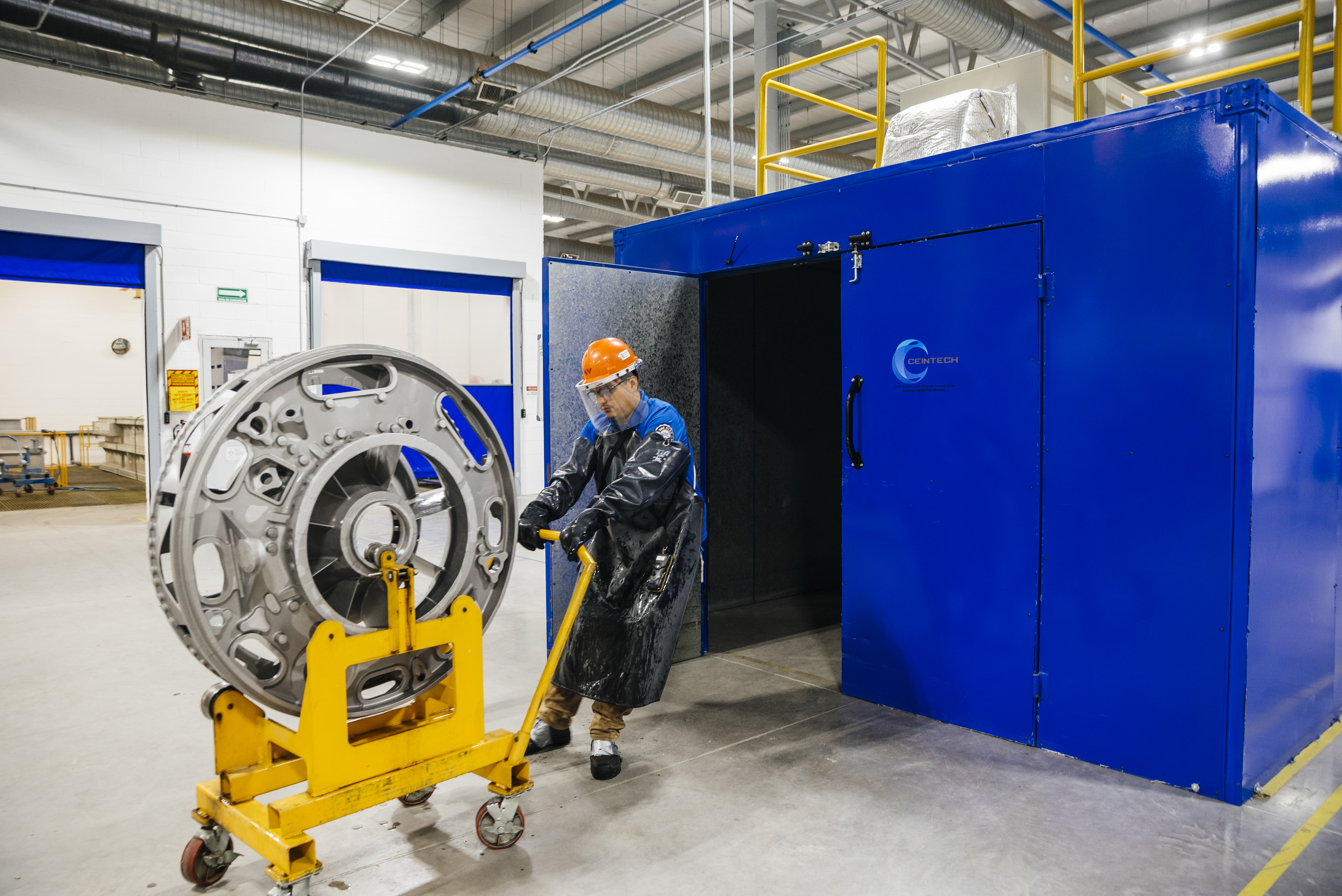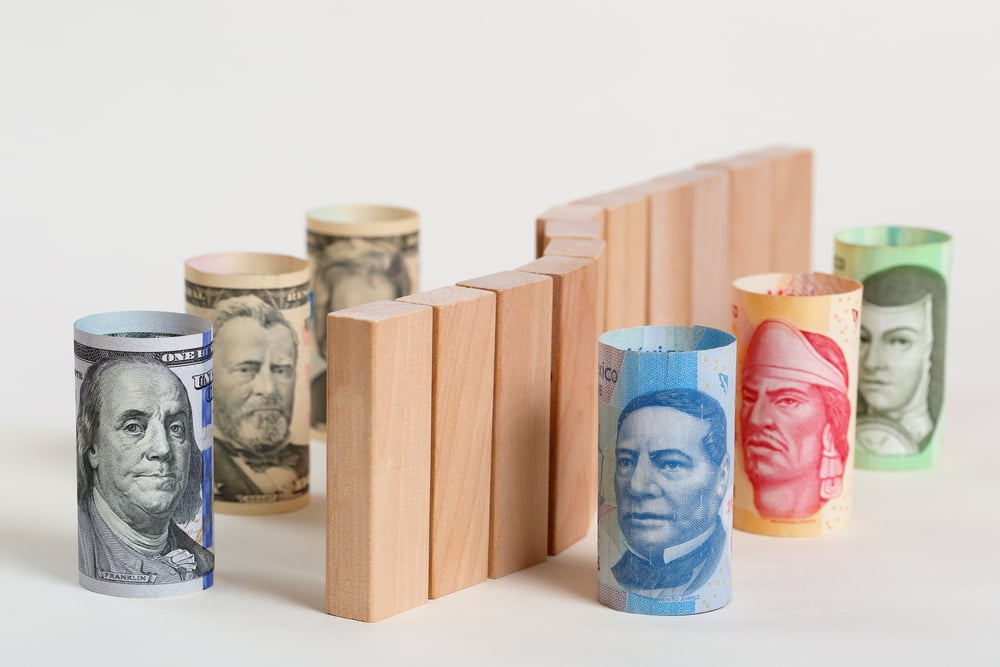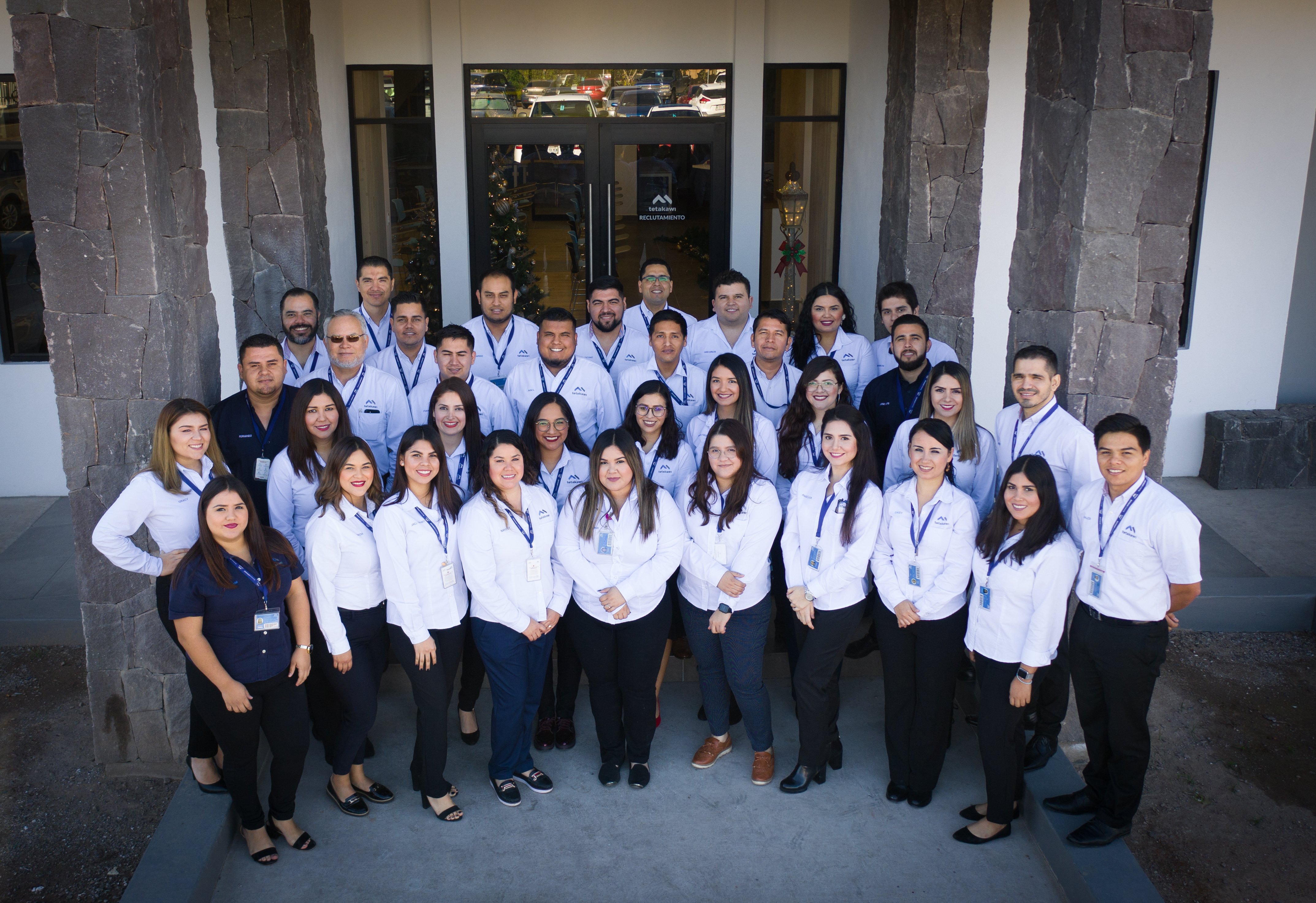Predictions that Mexico would out-perform Japan as exporter to the U.S. have been confirmed as of the first quarter of 2014. According to Agence France-Presse (AFP), Mexico exported more cars to the U.S. than Japan. Mexico is now second only to Canada in its U.S. auto exports. The Mexican Automobile Industry Association (AMIA) reports that Mexico has surpassed expectations that the country would beat Japan by the end of the year.
According to AMIA, 774,731 automobile units were produced in the first quarter, an increase year-over-year of 6.5 percent. Of that number, 428,376 were shipped to the U.S. In comparison, the U.S. imported 408,405 cars from Japan during Q1 of 2014.
This is not necessarily bad news for Japan, as most of the major Japanese car makers already have factories in Mexico where they can ship directly to the U.S., avoiding costly overseas travel.
"Mexico will continue to grow very strongly in the next five years," AMIA President Eduardo Solis told AFP.
The benefits of expanding to Mexico
One of the reasons that Mexico will continue to grow is that it is currently one of the best places in the world for building cars. According to AFP, Mexico is directly across from the U.S., and due to the North American Free Trade Agreement, shipping to and from the U.S. is generally tariff free. Additionally, there are free trade agreements with many other countries, which facilitates exports around the world. Labor in Mexico is inexpensive but the workforce is hardworking and capable. The government has also been encouraging foreign manufacturing investment. Mexico already produces many auto parts as well, making it an ideal place from which to source parts.
Not only Japan trading with Mexico, but France as well
France recently met with Mexican officials during a two-day visit in which the French president intended to boost trade relations between the two countries, according to an Alliance News story posted on London South East.
"This is a crucial day," Mexican President Enrique Peña Nieto said at the meeting. "Today, before the world, we relaunch our ties."
The last formal meeting between the president of Mexico and French President Francois Hollande took place in Paris in October 2012. According to Hollande, trade between the two countries stood at 4 billion euros at the end of 2013. Hollande intends to double this number through further trade opportunities. In particular, Hollande and Nieto would both like to encourage the aeronautics sector. There is already a major French aeronautics presence in Mexico. In particular, the countries plan to develop remote drones. A campus will be opened in the Mexican state of Querétaro for the purpose of developing further aeronautics design and construction proficiency among the community there.
US companies further ties with Mexico
Businesses in the U.S. are also growing more involved in Mexico as the country begins to develop economically. As a recent example, U.S.-based Fisterra Energy recently purchased Ventika, Mexico's largest onshore wind farm. The wind farm has not yet been completed, but it will be located in Nuevo Leon, 35 miles away from the U.S. border. It will have two 126 megawatt (MW) wind farms with a total capacity of 252 MW of energy. The project will be used to generate energy for the local Mexican power infrastructure.
"With the development and construction of Ventika, we will be able to support Mexico in meeting its green energy targets," said Sean Klimczak, senior managing director at Blackstone, the company which owns Fisterra. "This project exemplifies the progress and positive impact that can be achieved when private capital works in partnership with government, entrepreneurs and industry."
Subscribe
Sign up and stay informed with tips, updates, and best practices for manufacturing in Mexico.





